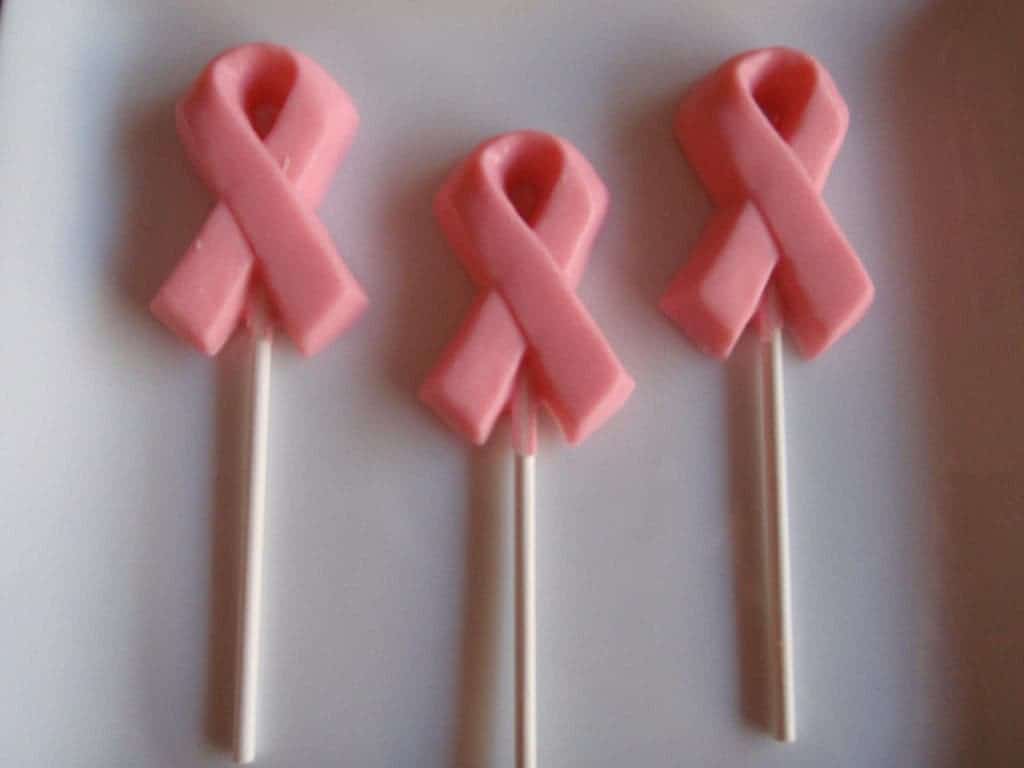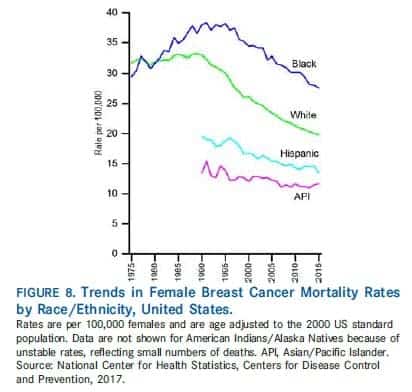According to a new report by the American Cancer Society, fatality rates have decreased sharply thanks to better chemo, improved screening, and treatment availability.
Science is still a ways away from defeating breast cancer, but it’s certainly inching forward. Between 1975 to 1989, fatality rates have remained relatively stable, increasing by 0.4 percent. But from 1989 to 2015, the same rate has decreased by almost 40 percent, translating to 322,600 lives saved from breast cancer. The latest figures, including data which wasn’t included in this study, indicate the same downward trend.
Every two years, the American Cancer Society describes the latest trends in breast cancer incidence, mortality, survival, and screening by race/ethnicity in the United States, as well as state variations. Breast cancer is the most common cancer diagnosed among US women (excluding skin cancers), so monitoring current trends and establishing healthy policies affects hundreds of thousands of women across the country. These are highly encouraging news, indicating a definite improvement. But even as treatments become more effective, the toll of the disease remains high.
This year in the US, 252,000 new cases of breast cancer are expected to be diagnosed, with the disease claiming 40,600 lives. An average of 1 in 8 women will be diagnosed with breast cancer. To make things even worse, there’s also a major racial disparity.
The fatality rate among black women was 42% higher than among white women from 2011 to 2015. Black women also tend to be diagnosed later with the disease, which means that their cancers are often harder to treat. Some states are faring better than others, but overall, there’s a major disparity to work with.
“A large body of research suggests that the black-white breast cancer disparity results from a complex interaction of biologic and nonbiologic factors, including differences in stage at diagnosis, tumor characteristics, obesity, other health issues, as well as tumor characteristics, particularly a higher rate of triple-negative cancer” said lead author, Carol DeSantis, MPH, from Surveillance and Health Services Research at the American Cancer Society.
“This means that there is light at the end of the tunnel,” adds DeSantis. “Some states are showing that they can close the gap.” Massachusetts, Delaware, and Connecticut highlight improvements in equitable access to health care in these states.
Convincing more women to take regular mammograms, and equalizing access to detection and treatment will ensure that the downward trend continues and more lives will be saved.
Journal Reference: Carol E. DeSantis, Jiemin Ma, Ann Goding Sauer, Lisa A. Newman, Ahmedin Jemal. Breast cancer statistics, 2017, racial disparity in mortality by state. DOI: 10.3322/caac.21412











